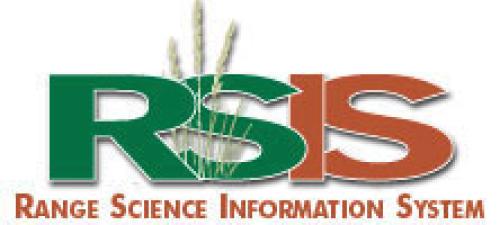Some of the highest moose (Alces alces) densities in the world are on the Isle Royale in Michigan and it is believed that moose browsing has caused a shift from hardwood to conifer dominated forest in this area. The authors tested three geostatistical models of the spatial distribution of available browse, annual browse consumption, conifer basal area, and soil nitrogen across the landscape: (1) random spatial distribution; (2) spherical model; and (3) harmonic oscillator model. The results of this study suggest that as moose use increases, the number of small aspen (Populus tremuloides) trees decreases, the number of small fir (Abies balsamea) and spruce (Picea mariana and Picea glauca) trees increases and available soil nitrogen decreases. The authors of the study believe that moose browsing decreases the preferred browse species (aspen) by altering the plant community dynamics in two ways, through reduced competitive ability of aspen after defoliation and also by reducing the available soil nitrogen content, which reduces the growth of hardwoods and encourages the growth of conifer species. The predominance of spatially oscillatory patterns suggests that the interactions of moose with the forest ecosystem cause the development of both local patches of vegetation and associated nitrogen cycling rates. The authors suggest a coupled diffusion model of herbivore foraging and plant seed dispersal that may account for these patterns. Management practices should focus on producing the correct ratio of available browse stands and conifer cover to suit moose use while also conserving the hardwood species in the forest.

Citations and enhanced abstracts for journals articles and documents focused on rangeland ecology and management. RSIS is a collaboration between Montana State University, University of Idaho, and University of Wyoming.